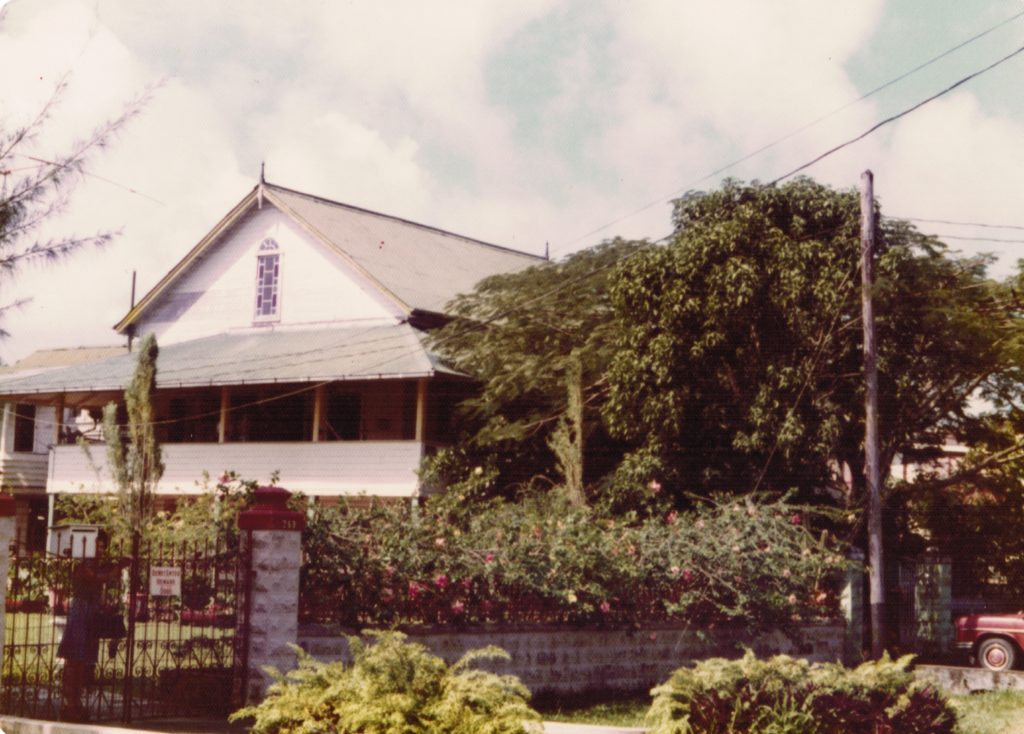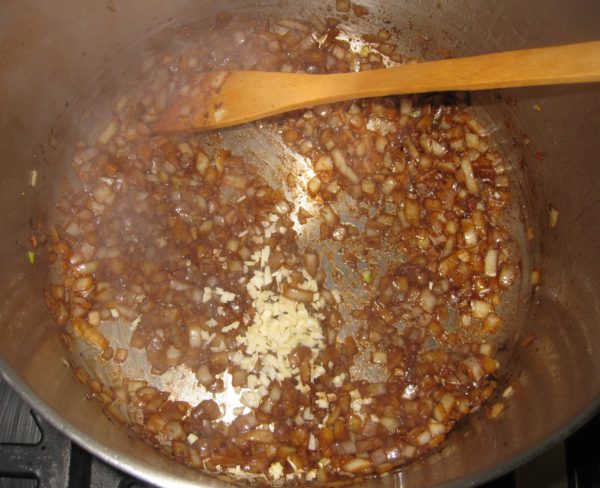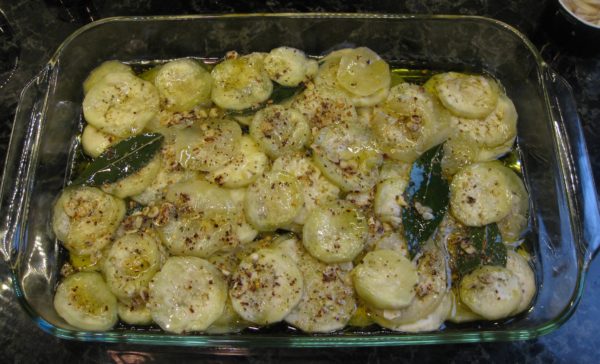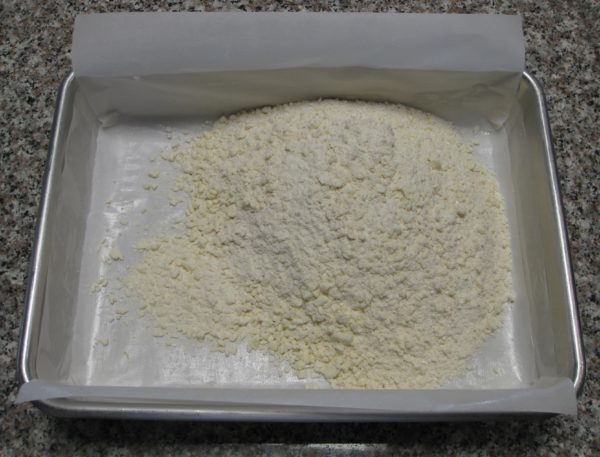July 25, 2018
For someone who tries to eat lower on the food chain, I sure love using my smoker.
Granted, I could smoke things like cheese and even some vegetables but meat is where the smoker really shines!
I’ve smoked pork shoulders, ribs, and turkey breasts, and I continue to expand my repertory, but I really enjoy smoking chicken thighs.
Smoking is often an all-day affair. Sometimes it’s an all-night affair if one is smoking large enough pieces of meat. So far, I’ve limited myself to smoking things that can go into the smoker at a reasonable time of the day. I’m not one of those guys who wants to sit beside his smoker through the night with a cooler of beer at his side!
Join our mailing list and you’ll never miss a recipe again!
Chicken thighs cook in a relatively short period of time so they’re great when you want to limit attending to the smoker to just a few hours before dinnertime.

If you get a smoker with an automatic thermostat there would be almost no need to attend to the chicken thighs. While I have a nice smoker, it doesn’t have a thermostat. It has a control that puts out an adjustable but then constant amount of heat based on the setting similar to the way car heaters used to work before cars had real thermostats. If the outdoor temperature or wind changes, the temperature inside the smoker will change due to the constant heat output.
Before I had a smoker, I used my gas grill to smoke. It has a separate burner just for creating smoke from wood chips. It has three other burners to actually cook the food plus a rotisserie burner. Under many circumstances, the burner for the wood chips puts out enough heat to keep the grill at the proper smoking temperature. When the weather turns cold, like the time I smoked a turkey on Thanksgiving, a little heat from one of the other burners is needed…just not a burner that’s actually under the food.

This recipe makes use of two of my previously published recipes, my barbecue rub and my barbecue sauce.
Follow us on your social media platform of choice
If you don’t have a smoker (and I realize that most people don’t) you really can do these on a grill with indirect heat, either gas or charcoal.
Put on oven thermometer on the grate where you intend to put the chicken. There should not be any heat coming from under that grate. Heat up the opposite side of the grill using either gas or charcoal. With a little experimentation, you’ll be able to keep the side of the grill, where the chicken will go, at the proper smoking temperature. If your grill doesn’t have a separate place for wood chips, add some wood chips, soaked in water for 30 minutes, to the hot part of the grill from time to time.
Happy smoking!!! (Oh, and don’t forget the beer!)

| Prep Time | 40 minutes |
| Cook Time | 4 hours |
| Passive Time | 2 hours |
| Servings |
people
|
- 12 chicken thighs skin-on and bone-in
- 320 grams salt
- 4000 grams water
- garlic powder
- dried oregano
- Barbecue rub homemade or purchased
- Barbecue sauce homemade or purchased
Ingredients
|

|
- Dissolve the salt in the water.
- Refrigerate the brine until cold. If you are weighing the water, you can add ice cubes to cool the brine quickly.
- Add the chicken thighs and weigh them down with a plate or a zipper lock bag full of water. Brine for two hours in the refrigerator.
- Remove the chicken thighs and pat them dry.
- Lay the chicken thighs skin-side down.
- Sprinkle liberally with garlic powder.

- Sprinkle with oregano.

- Sprinkle with barbecue rub.

- Wrap the skin around thigh, trying to enclose the meat as much as possible. Tie with twine.


- Rub the thighs generously with barbecue rub.


- Smoke at 225°F for 4 hours.

- Fifteen minutes before thighs are done, brush with barbecue sauce. Continue cooking for 15 more minutes.
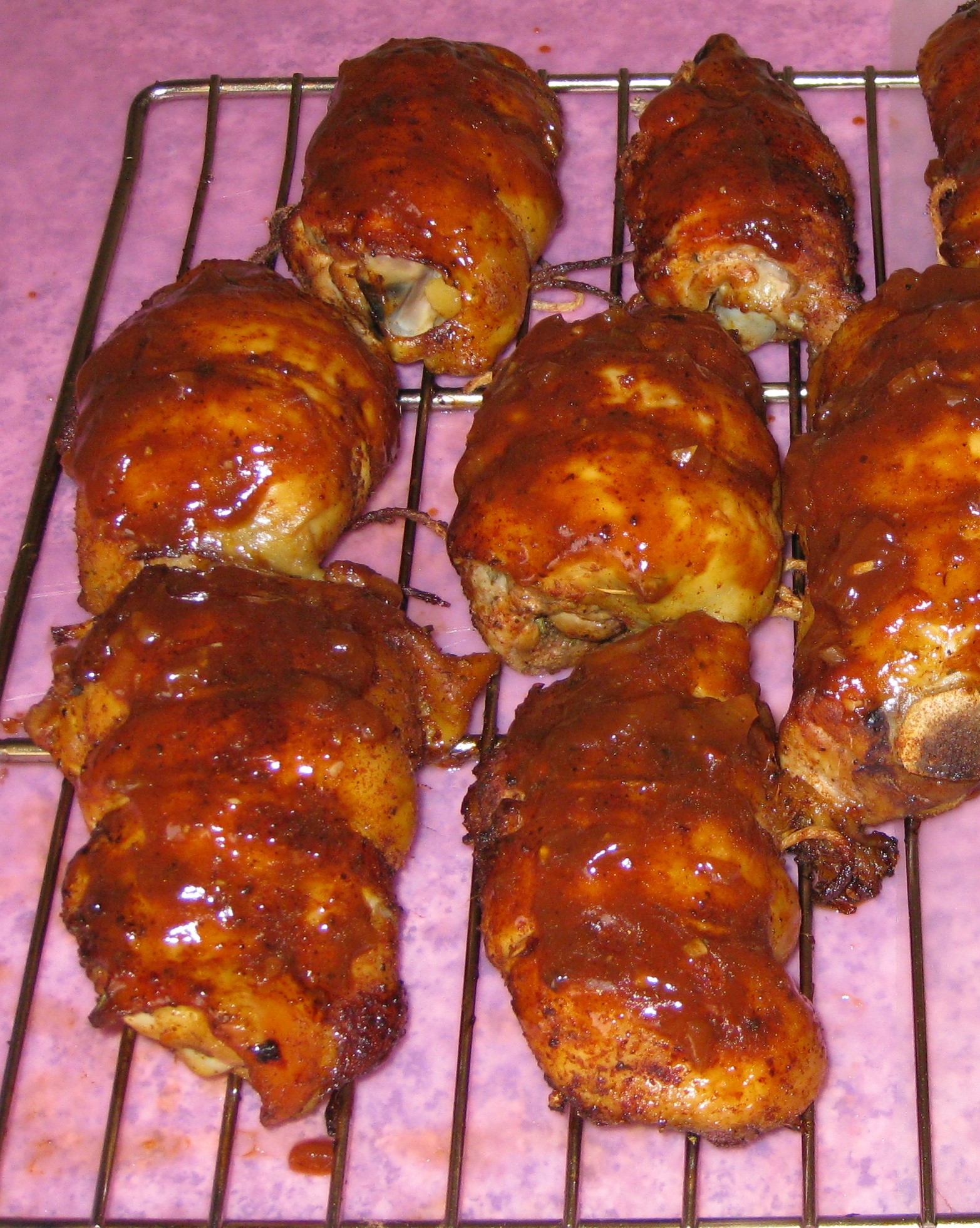
Here is where you will find my recipe for barbecue rub and my recipe for barbecue sauce.
Copyright © 2018 by Villa Sentieri, LLC. All rights reserved.






















